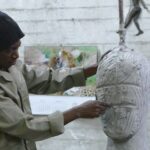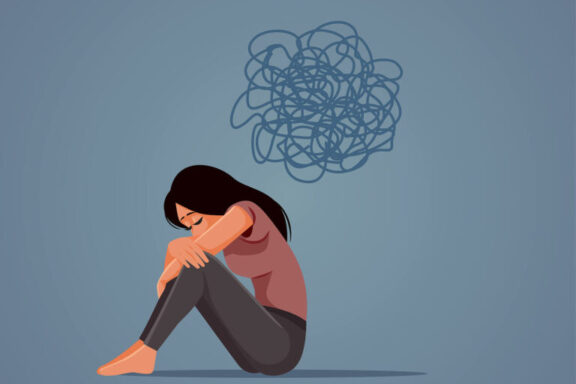Every now and then, we find ourselves face-to-face with versions of ourselves that we do not like. There’s some sense of inadequacy that is not clearly articulated to us when it manifests. In a conversation I had with Oana, we explored how we find ourselves in such a scenario and some of the strategies that have helped us work through them and get to a more harmonised state.
Knowing thy self is a continuous activity because we are always changing. However, we do have an essence of sorts – a relational pattern that has a specific unique signature that can be observed across situations. Learning what that pattern is and learning how you express it is vital because it helps you to identify the parts of yourself that you have to work with. Introspection then becomes a technique we can use to resonate with what’s going on within us as external circumstances shift and we adjust how we are orienting to them.
Our bodies are wonderfully built and work in such a way that they resonate with external events, interpret what’s happening in their own way, and give us a signal to work with. This sometimes manifests as a version of ourselves that we do not like or have probably not met before. One place to start can be by cultivating a presence around it. When these “uncomfortable” parts of ourselves show up, we must sit with them and work through them.
The work in this case to be done is a kind of “contextualization” that helps us to understand the “other than me” nature of these parts. Remember, we are continuously knowing thy self, and so we are sensitive to this dissonance. Therefore, we have to invest some work to allow for a sensible perspective to be revealed to us. Part of the contention has to do with overcoming the dual moral limits of right/wrong that have been taught to us from a young age and the ideals that we have been taught to always aspire to.
The moral framework is vital. However, it’s not the only framework we have to be using. When I was young, I always wondered if God had a left hand because I had heard that Jesus would ascend to sit at the right hand of God. So, I assumed God must also have a left hand, just like me. What I came to learn later in life was that the “right hand of God” was a metaphorical description of “righteousness”. One of the things meant by “righteousness” is aligning our realm of experience to be in “right relation” with the physical realm in which we dwell. And so, from that one interpretation, the embodied truth, way, and light does indeed rest at the “right” place in the reality of existence.
There is a “right way” to orient and participate in life such that there is less friction with our ever-changing reality. One important thing that could help with sensing into this “right way” is taking a step back to appreciate the whole before applying the moral filter. For example, before categorising something as good or bad, we can look at the the thing in itself. If, say, we are looking at a plate with a crack in it, before focusing on the the crack and deciding that the crack gives it a “lesser” quality, we need to first appreciate it as a plate first. Meaning that this is a plate that has a crack, and the crack is what is not good about the plate. This way, we have an opportunity to do something about the crack. Maybe, as in some Asian traditions, it was discovered that the cracks could be filled with something that makes the plate whole again and painted to make it even more beautiful. So, what started out as a signal that we called “bad” ends up as something “good”.
We cannot know what to improve upon before we know what we are working with. This is partly why when we try to copy and paste something from someone else, we find that it doesn’t work for us. We have to customise it to our unique situation before it can work for us. What we see working for someone else only serves as inspiration and courage, but there’s an opportunity to get into the “right relationship” that makes things work for us. However, we have to seek our own “right relations” through authentic participation.
Authenticity has to do with the right alignment within ourselves rather than what makes us different from others. We try to seek our essence in the things we do; however, that essence is to be found inside of us. Cultivating a ritual of checking in with the self becomes handy at this point. Learning to communicate clearly and accurately is also very useful to maintain our authentic relationship to our essence.
In a similar fashion, this means that we have to be respectful of other people’s essences just like we respect our own. In communication, it is helpful when we put in an effort to align ourselves with our interlocutor so that they can get us better and we, too, can get them better. Declarative conversation is very helpful with this. One way to use this technique is to say what you heard before you say what you think it means to you. Most of the time, people want to be heard correctly, so they would quickly want to help correct a misunderstanding that is emerging. As we do this for each other, we cultivate “communal meaning”, and this allows us to break through the “tyranny of language”.
Language is always evolving, and we have to keep updating how we use it to cultivate meaning. It is a tool that gets us to meaning. We have to wield it carefully because words are powerful “world-building” tools. As we have seen in the Christian origin story, God used the word to create the world. It seems that for every unique being that exists, there is a language of expression for that being. That language of expression is the language of that authentic self. When one understands the language of their authentic self, they get closer to being in “right relation” with the reality in which they participate.






